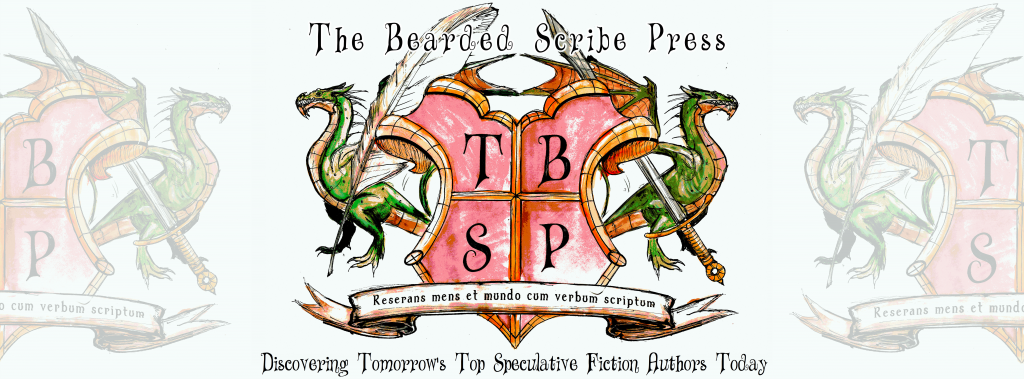In 1918, Strunk and White wrote The Elements of Style, a seminal work that found its way into thousands of classrooms for years afterward. This little book gives some solid advice on the rules of Standard American English. It’s not real popular, however, with creative writers. After all, creative writers are seldom known for being conformists. So I want to begin this blog by popping the big question: Why does grammar matter? We’re writers, after all, born to break the rules, throw caution to the blustery wind, and take words wherever they may desire to go. We don’t want to be boxed in by rules.
Strunk and White be damned! Right?
Well, it’s true: we can ignore the rules and be hippies about it. If it makes sense and readers know what we mean, who cares? But like all rules, grammar is meant to keep the world of words from anarchy. We all agree to most of the rules just so we can communicate, which is the purpose of the motley crew of our language anyway. So the answer is that grammar matters because readers care. No one enjoys being distracted by a writer who can’t put together a clear sentence, even if it says something crucial or you have the most poetic diction imaginable.
So does that mean we must follow all the rules all the time, know every single jot and tittle of the grammar world, every minutiae, in fear of the grammar police finding a comma out of place or a dangling modifier? Well, no. We don’t need to be maniacal about it. So follow the rules but don’t follow the rules? Yep. Exactly. Here’s my mantra about grammar and such things:
One must know the rules to break the rules.
Even hippies—flowers in their hair, weed in their blood, dancing in the rain—they broke the rules on purpose, to make a statement, for a cause. They may not have gotten their way—and may have ended up in the clink—but not because they didn’t know better. Breaking rules out of ignorance is sloppy and reduces credibility. Not knowing the rules frankly makes a writer look stupid. It annoys readers. Unless…
Well, it’s true: we can ignore the rules and be hippies about it. If it makes sense and readers know what we mean, who cares? But like all rules, grammar is meant to keep the world of words from anarchy. We all agree to most of the rules just so we can communicate, which is the purpose of the motley crew of our language anyway. So the answer is that grammar matters because readers care. No one enjoys being distracted by a writer who can’t put together a clear sentence, even if it says something crucial or you have the most poetic diction imaginable.
So does that mean we must follow all the rules all the time, know every single jot and tittle of the grammar world, every minutiae, in fear of the grammar police finding a comma out of place or a dangling modifier? Well, no. We don’t need to be maniacal about it. So follow the rules but don’t follow the rules? Yep. Exactly. Here’s my mantra about grammar and such things:
One must know the rules to break the rules.
Even hippies—flowers in their hair, weed in their blood, dancing in the rain—they broke the rules on purpose, to make a statement, for a cause. They may not have gotten their way—and may have ended up in the clink—but not because they didn’t know better. Breaking rules out of ignorance is sloppy and reduces credibility. Not knowing the rules frankly makes a writer look stupid. It annoys readers. Unless…
Unless you know the rules and break them to make an impact. Make a point. Emphasize.
For example, the last three sentences were all fragments. But they were planned, deliberate. Chunky on purpose. Good fragments can create emphasis; bad fragments leave readers feeling unfulfilled.
Probably my favorite non-grammar book is Spunk & Bite by Arthur Plotnik. His take on the art of words is a must-read for this very thing: how to break the rules well. Knowing the rules gives writers the freedom to break away from them in creative, stylistic, transformative ways. So yes, grammar matters. It matters all the time. You want readers to trust you? Know your rules and break them with all the flair you can muster. But know them first.
And know when it’s okay to break them as well. Context is incredibly important. Grammar Girl gives us six reasons why grammar matters like getting a job and showing respect, but one of her key points is context:
“Let's say you see a man in a Speedo. Are you at the beach? Let's hope so. If he's wearing a Speedo on public transportation, the man's probably a lunatic. At the very least, you don't want to sit next to him on the bus. In just the same way, using the wrong kind of language in the wrong place can send some pretty nutty messages.”
Yep, so don’t get caught in your verbal Speedo on the bus.
However, once you get famous, you can break all the rules you want and no one will dare tell you not to. Margaret Atwood has more comma splices in her books than Batman has cool toys in his batcave, and her editors leave them alone. But until your work is as hot as Margaret Atwood’s, I recommend only breaking the rules at the right time and in the right places.
The fact is, we need both Strunk and White and Spunk & Bite. We need the rules, and as creative writers, we should feel free to break those rules—carefully, intentionally, and in all the right places and at all the right times. We are rebels with a cause.
Rebelliously Yours,

***The Elements of Style (orig. 1918, expanded in 1959) by William Strunk Jr. and E.B. White is Copyright Harcourt Brace (1918), Macmillan (1959). It is available online (see above), in bookstores, or at your local library.
***Spunk & Bite (2005) by Arthur Plotnik is Copyright by Random House Reference. It is available online (see above), in bookstores, or at your local library.



You did such an amazing job with this post, Mary... You have me drooling for more to come! So glad to have you on board!
ReplyDelete